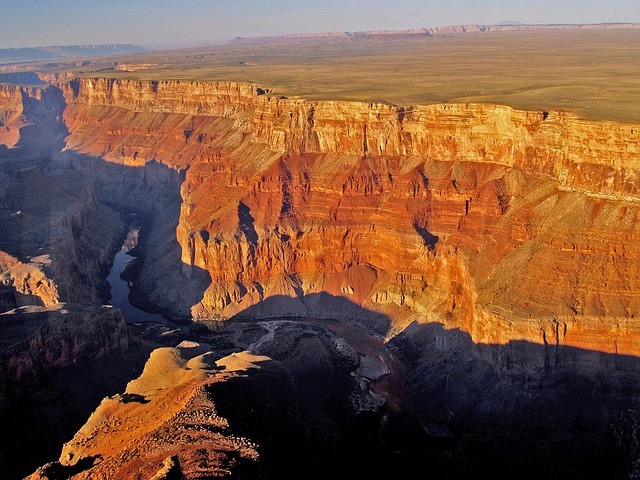The Grand Canyon which is the epitome of the United States' natural landscape is apparently suffering from chemical pollution.
Chemical concentrations of mercury and selenium are now contaminating the food webs of the canyon which are interconnected food chains in its environment, that now exceed levels that are dangerous for fish and wildlife, according to the U.S. Geological Survey.
According to USGS research ecologist and lead author of the study, David Walters, in order to manage exposure risks at the Grand Canyon, it can become a tough challenge since transport systems and sources of mercury and selenium extend further than Grand Canyon regions.
In this study, scientists have collected data from six sites along the Colorado River that snakes through the Canyon where they found traces of mercury and selenium in minnows and invertebrates including fish that exceeded dietary toxicity levels for wildlife in the region.
Apart from this data showing how average mercury concentrations are present in many fish, these levels have become unsafe and risky for human consumption as well.
According to the National Wildlife Federation, mercury is a highly potent neurotoxin that can have dangerous, even deadly effects on the central nervous system for humans and animals. Selenium can also cause health problems in humans such as hair and tooth loss and even loss of alertness where it can lead to liver tumors in humans.
Sources of this chemical pollution can come from agricultural and mining runoffs where the Grand Canyon's high selenium levels can also be attributed to natural levels found in its soil. Mercury pollution however, originates from far away coal burning, electrical power plant emissions and other man made sources.
Scientists also believe that mercury found in the Grand Canyon drifted from the algae blooms in Lake Powell that made their way into the Canyon.
Researchers say that their findings indicate evidence that even remote ecosystems can be susceptible to long range transmissions and bio-accumulation of contaminants.
This new study is published in the journal, Environmental Toxicity and Chemistry.



























